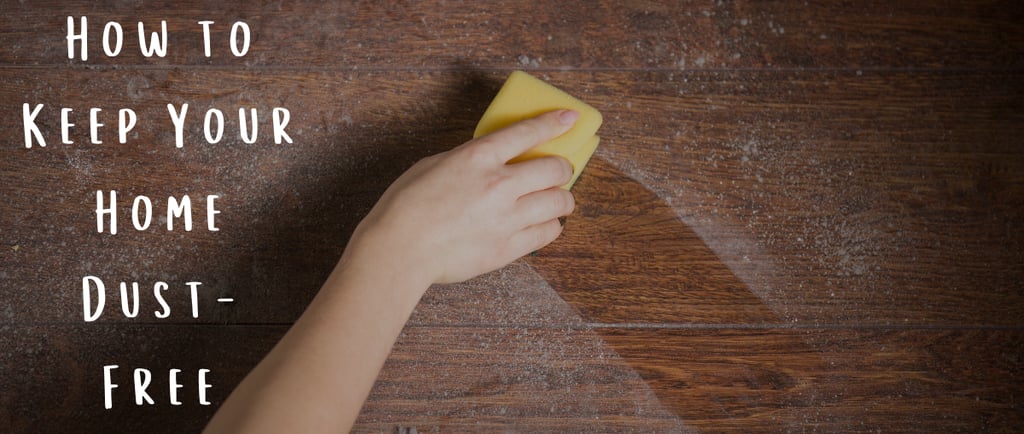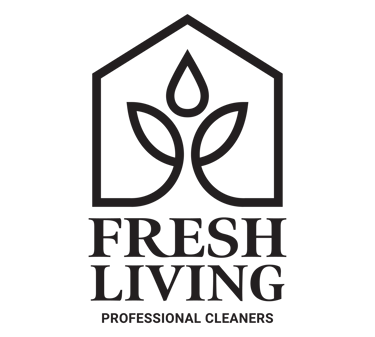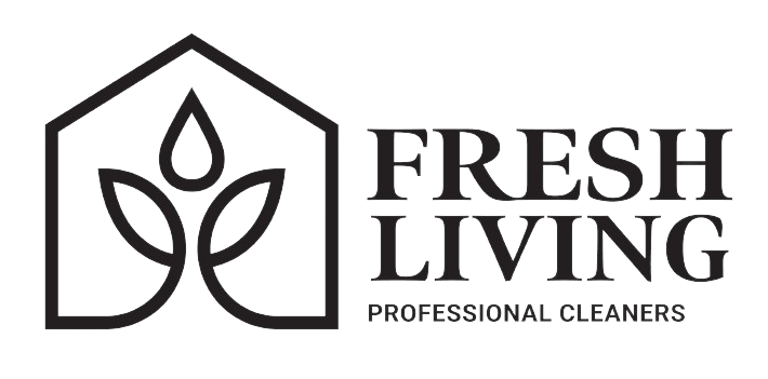Quick Tips to Remove Dust Efficiently at Home
A clean home is a happy home, but dust can be a real nuisance. It builds up everywhere, causing allergies, and breathing problems, and making your home look less nice. Let's explore some easy ways to deal with dust and keep your home clean and fresh.
5/14/20243 min read


Understanding Dust
What Is Dust Made Of?
Dust is a complex amalgamation of particles, including dead skin cells, pollen, pet dander, textile fibers, and even microscopic soil particles. Understanding its composition helps in targeting specific sources to reduce its accumulation.
Common Sources of Household Dust
Common culprits of dust include fabrics like carpets and upholstery, human and pet activity, and outdoor particles that make their way indoors. Identifying these sources can help in developing effective dust control strategies.
Preparing for Dust Removal
Gathering the Right Tools
Efficient dust removal starts with the right tools. Equip yourself with microfiber cloths, electrostatic dusters, a HEPA vacuum cleaner, and non-toxic cleaning solutions to ensure thorough cleaning.
Safety Precautions
Before dusting, wear a mask to avoid inhaling dust particles. Ensure good ventilation by opening windows and consider using gloves if you have sensitive skin.
Efficient Dusting Techniques
Dusting from Top to Bottom
Always dust from the highest surfaces downward. This method ensures that any dislodged dust doesn’t settle on areas you’ve already cleaned.
The Best Tools for Dusting
Microfiber cloths are excellent for trapping dust without spreading it around. Electrostatic dusters can attract dust particles like a magnet, making them highly effective.
Targeting Dust Hotspots
Dusting Electronics and Appliances
Electronics attract dust due to static electricity. Use a slightly damp microfiber cloth to wipe down screens, keyboards, and other devices.
Dusting Furniture and Decor
For furniture, use a furniture polish or a damp cloth to capture dust. Pay special attention to decorative items, picture frames, and shelves where dust tends to settle.
Tackling Hidden Dust
Cleaning Under Furniture
Dust bunnies often form under furniture. Use a vacuum with an extension hose to reach beneath sofas, beds, and cabinets.
Dusting Ceiling Fans and Light Fixtures
Ceiling fans and light fixtures are notorious dust collectors. Use an extendable duster or a ladder and a damp cloth to clean them thoroughly.
Specialized Dusting Methods
Using Microfiber Cloths
Microfiber cloths are designed to capture and hold dust particles, making them indispensable for efficient dusting.
Electrostatic Dusting Cloths
These cloths generate static electricity, which attracts and holds dust particles, preventing them from becoming airborne again.
Managing Dust on Floors
Vacuuming Strategies
Vacuum floors regularly, focusing on high-traffic areas. Use a vacuum with a HEPA filter to trap dust particles effectively.
Mopping for Dust Control
After vacuuming, mop hard floors with a damp mop to capture any remaining dust. Avoid overly wet mops to prevent water damage to flooring.
Dealing with Upholstery Dust
Cleaning Soft Furnishings
Use a vacuum with an upholstery attachment to clean sofas, chairs, and cushions. Regular vacuuming prevents dust from embedding in fabrics.
Removing Dust from Curtains and Blinds
Dust curtains and blinds regularly. For blinds, use a microfiber duster, and for curtains, consider machine washing or vacuuming.
Reducing Dust Accumulation
Implementing Air Purifiers
Air purifiers with HEPA filters can significantly reduce airborne dust particles, improving overall air quality.
Using Dust-Resistant Materials
Opt for dust-resistant materials for your home, such as leather or tightly woven fabrics, which do not trap dust easily.
Seasonal Dust Challenges
Spring Cleaning Tips
Spring often brings a surge in dust due to open windows and increased pollen. Deep clean your home during this time, focusing on often neglected areas.
Managing Dust During Renovations
Renovations can generate a lot of dust. Seal off construction areas and use an air purifier to manage dust levels.
Natural and Homemade Dusting Solutions
Vinegar and Water Solution
A mixture of vinegar and water makes an excellent natural dusting solution. It cuts through grime and reduces static cling, making dusting more efficient.
Essential Oil Dusting Sprays
Essential oils like lavender or lemon can be added to water to create a pleasant-smelling, effective dusting spray.
Maintaining a Dust-Free Environment
Regular Cleaning Schedule
Establish a regular cleaning schedule to stay on top of dust. Weekly dusting and bi-weekly deep cleaning can keep dust at bay.
Decluttering to Reduce Dust
Clutter provides surfaces for dust to settle. Keep your home organized and decluttered to minimize dust accumulation.
Kid and Pet-Friendly Dusting Tips
Safe Dusting Around Children
Use non-toxic cleaning products to ensure safety when dusting around children. Regularly clean toys and play areas to reduce dust exposure.
Pet Hair and Dander Control
Regularly groom pets and vacuum areas where they spend most of their time. Use a HEPA filter vacuum to capture pet hair and dander effectively.
Final Thoughts
The Benefits of a Dust-Free Home
A dust-free home not only looks clean but also promotes better health by reducing allergens and respiratory irritants.
Encouragement to Maintain Cleanliness
Consistent effort in dust management leads to a more pleasant and healthy living environment. Start today and enjoy the benefits of a dust-free home.


(609) 806 - 5565
help@freshlivingpc.com
Follow us on
